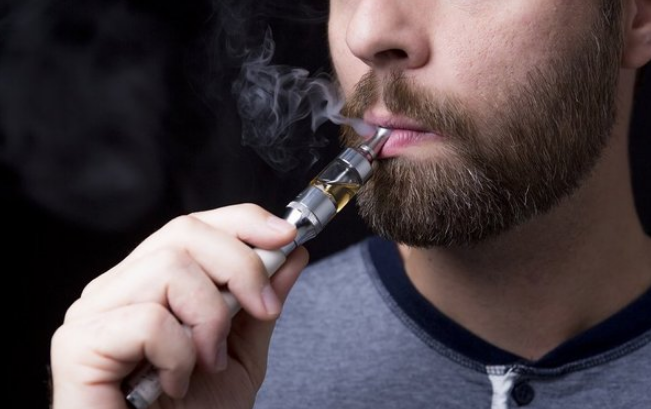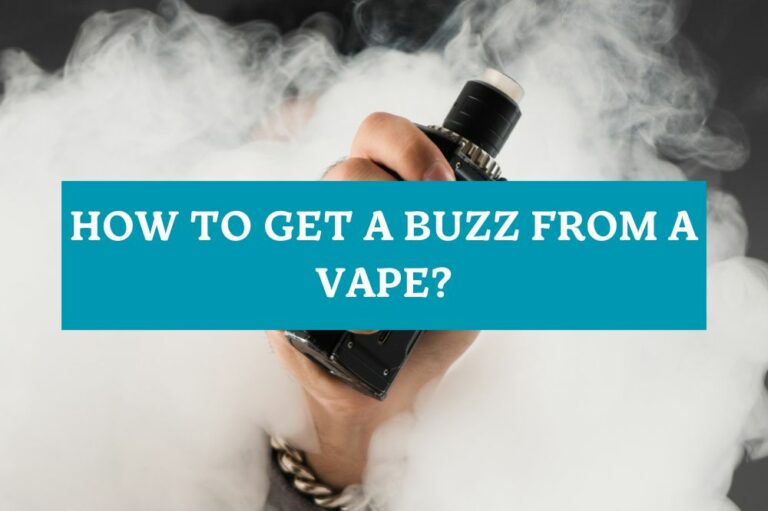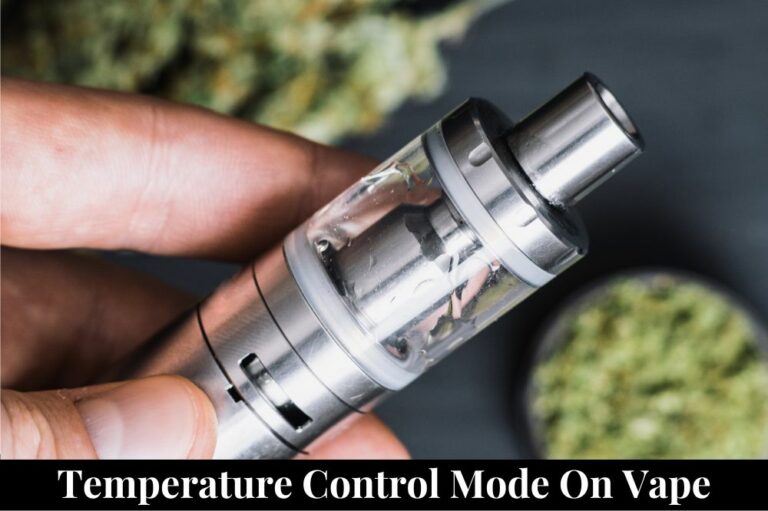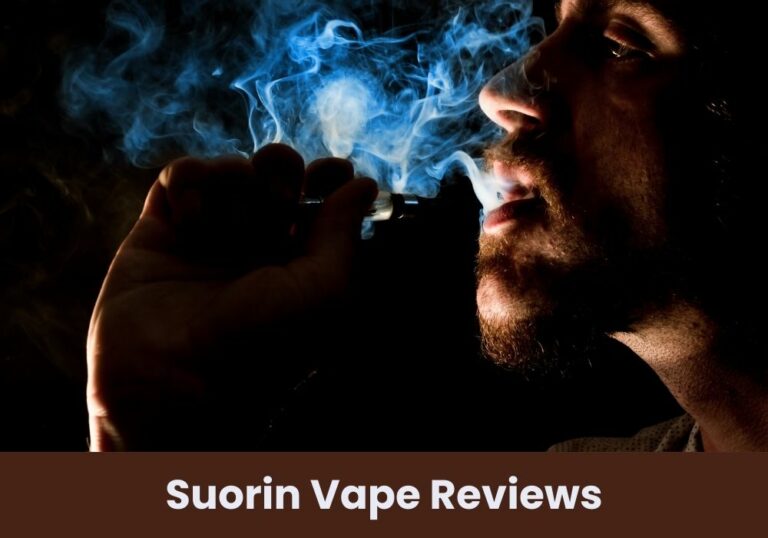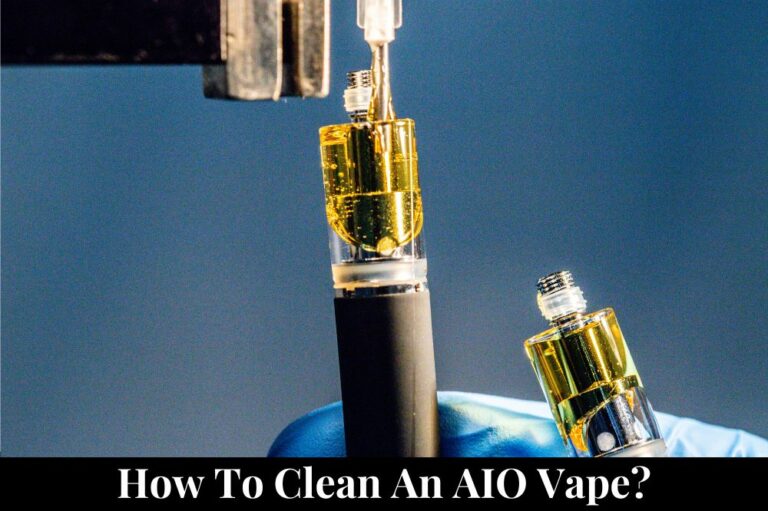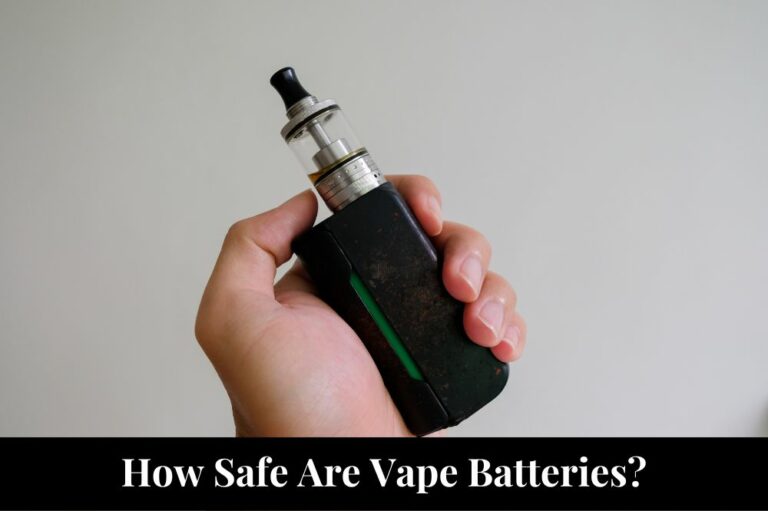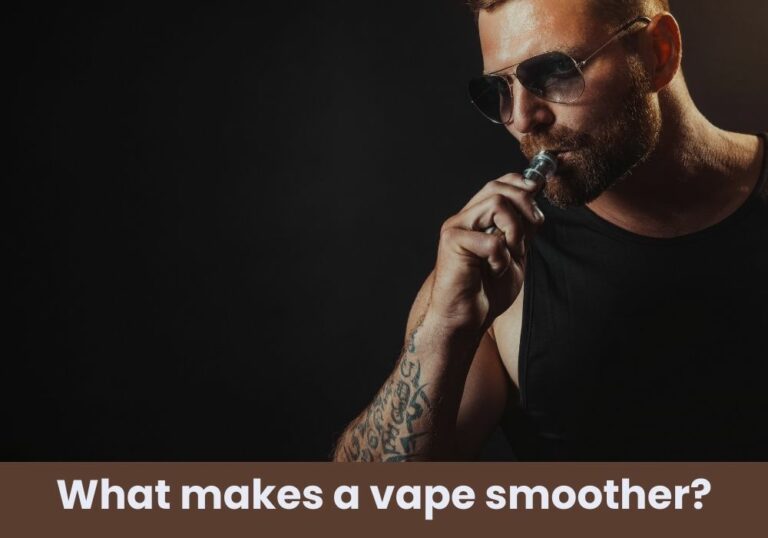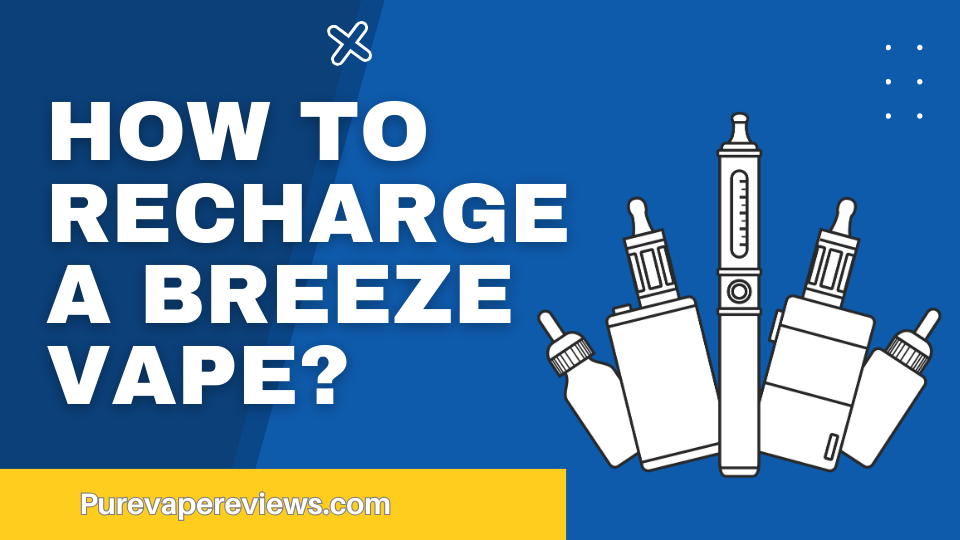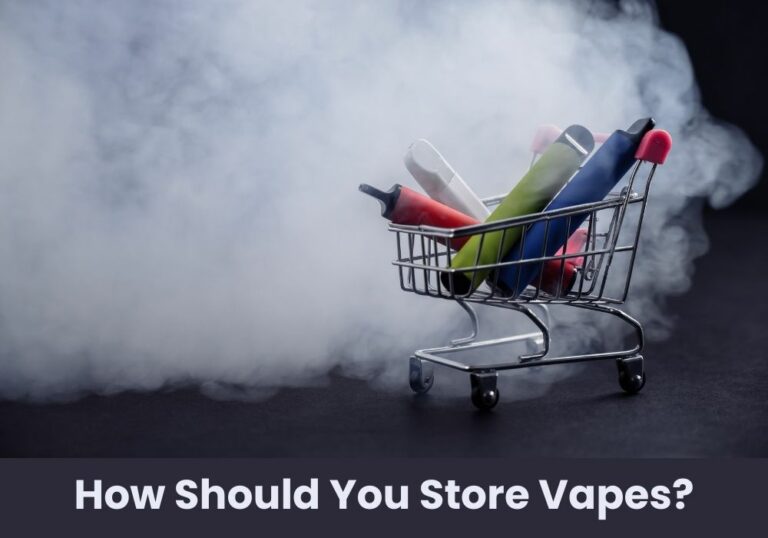How To Get A Buzz From A Vape

Vaping, initially marketed as a safer alternative to smoking, has become a prevalent method for nicotine consumption, particularly among young adults. Concerns are rising as users explore methods to maximize the "buzz" or effects derived from vaping, often with limited understanding of the associated health risks.
Understanding the Vape Buzz
The sensation users describe as a "buzz" from vaping primarily stems from nicotine. Nicotine is a stimulant that affects the brain and body, leading to feelings of alertness, relaxation, and euphoria. These sensations are temporary and quickly followed by a craving for more.
Factors Influencing the Buzz
Several factors influence the intensity of the vape buzz. Nicotine strength in the e-liquid is a major determinant; higher nicotine levels deliver a stronger effect. The type of vaping device also plays a role, with some devices designed to deliver more nicotine per puff.
Inhaling technique impacts nicotine absorption. Deeper, longer inhales can increase the amount of nicotine that enters the bloodstream, amplifying the buzz. User's tolerance to nicotine diminishes the buzz effect.
Methods Users Employ to Intensify the Buzz
Some users attempt to enhance the buzz through various methods. These include increasing nicotine concentration in e-liquids or switching to devices that produce larger vapor clouds for increased nicotine delivery. Taking shorter breaks in between vaping sessions also impacts buzz's intensity.
Experimenting with different vaping techniques, such as "dry hitting" (intentionally burning the coil), is also used. "Dry hitting" is not recommended as it releases harmful chemicals. These chemicals pose serious health risks.
Health Risks Associated with Vaping
Vaping poses several health risks, especially with attempts to intensify the nicotine effect. Nicotine addiction is a significant concern, particularly among young people whose brains are still developing. Chronic nicotine exposure can alter brain chemistry and impair cognitive function.
Vaping can lead to respiratory problems, including bronchiolitis obliterans (popcorn lung), a severe and irreversible lung disease. E-cigarette or Vaping product use-Associated Lung Injury (EVALI) has also been linked to vaping, causing severe lung damage and even death.
Increased heart rate and blood pressure are also potential side effects of nicotine consumption through vaping. This can increase the risk of cardiovascular diseases, such as heart attacks and strokes. Vaping is not harmless, despite often being perceived as such.
Nicotine Dependence and Withdrawal
Frequent vaping leads to nicotine dependence. The body adapts to the presence of nicotine, requiring higher doses to achieve the same effect. When nicotine levels drop, users experience withdrawal symptoms such as irritability, anxiety, and intense cravings.
Quitting vaping can be challenging due to these withdrawal symptoms. Support from healthcare professionals, counseling, and nicotine replacement therapies can aid in the quitting process. Overcoming nicotine dependence is possible with the right support and resources.
Regulatory Landscape and Public Health Concerns
The vaping industry is subject to increasing regulatory scrutiny due to concerns about youth vaping and the potential health risks. The FDA has taken steps to regulate the manufacture, marketing, and sale of e-cigarettes. Regulations include age restrictions, labeling requirements, and restrictions on advertising.
Public health campaigns aim to educate the public about the dangers of vaping, particularly among young people. These campaigns emphasize the addictive nature of nicotine and the potential for long-term health consequences. Increased awareness is crucial to curbing the vaping epidemic.
Seeking Help and Resources
Individuals struggling with nicotine addiction can seek help from various resources. Healthcare providers can offer guidance and support. Support groups and counseling services provide a safe space for individuals to share their experiences and develop coping strategies.
The Truth Initiative and the American Lung Association are organizations offering resources and support for quitting vaping. These resources provide valuable information and tools to help individuals break free from nicotine dependence. Reaching out for help is a sign of strength.
The Surgeon General provides advice and guidance regarding the use of e-cigarettes.
"E-cigarette use is unsafe for kids, teens, and young adults."A clear advice to not use e-cigarettes.
Moving Forward
Ongoing research is essential to fully understand the long-term health effects of vaping. Continued regulatory efforts are needed to prevent youth vaping and protect public health. Individuals should be aware of the risks and make informed decisions about their health.
